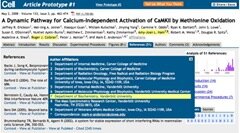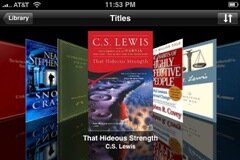AcaWiki: a wiki that encourages academics to write their stuff for the general public
October 8th, 2009 by joseAcaWiki is a new wiki aimed at academics. They are asking for summaries of academic research. This could be an excellent exercise for students (i.e., don’t hand me your paper: post it to acaWiki, and let me know when I can look at it).
From reading the FAQ, It’s not clear to me that they are selling it right to the academic community:
What does AcaWiki offer to academic researchers?
AcaWiki offers a web 2.0 way of interacting with the public to increase impact. Research often languishes in academic journals, perhaps read only a few times by infrequent visitors. AcaWiki allows scholars to increase the impact of their research by enabling them to share summaries, long abstracts and literature reviews of their peer-reviewed work online. AcaWiki also encourages discussion by providing a talk page for each research paper.
Hmm, meh. While these are interesting reasons, I doubt academics will rush to fill in summaries. Discussion is covered by reference management sites such as citeUlike. And, of course, to make this work for academics, contributions to acaWiki must be well-evaluated by hiring committees… which is not going to happen any time soon. When faced when the decision of adding one more line to their CV or dedicating a similar stretch of time doing summaries of their articles for acaWiki, what would most academics do?
I still think this could fill a nice niche for student homework. Instead of leaving their work hidden in the HD of their T.A., posting it to acaWiki could be of use to the community. I often have to reread a paper because I’ve forgot most about it, and a good, crowd-refined summary would definitely help.


